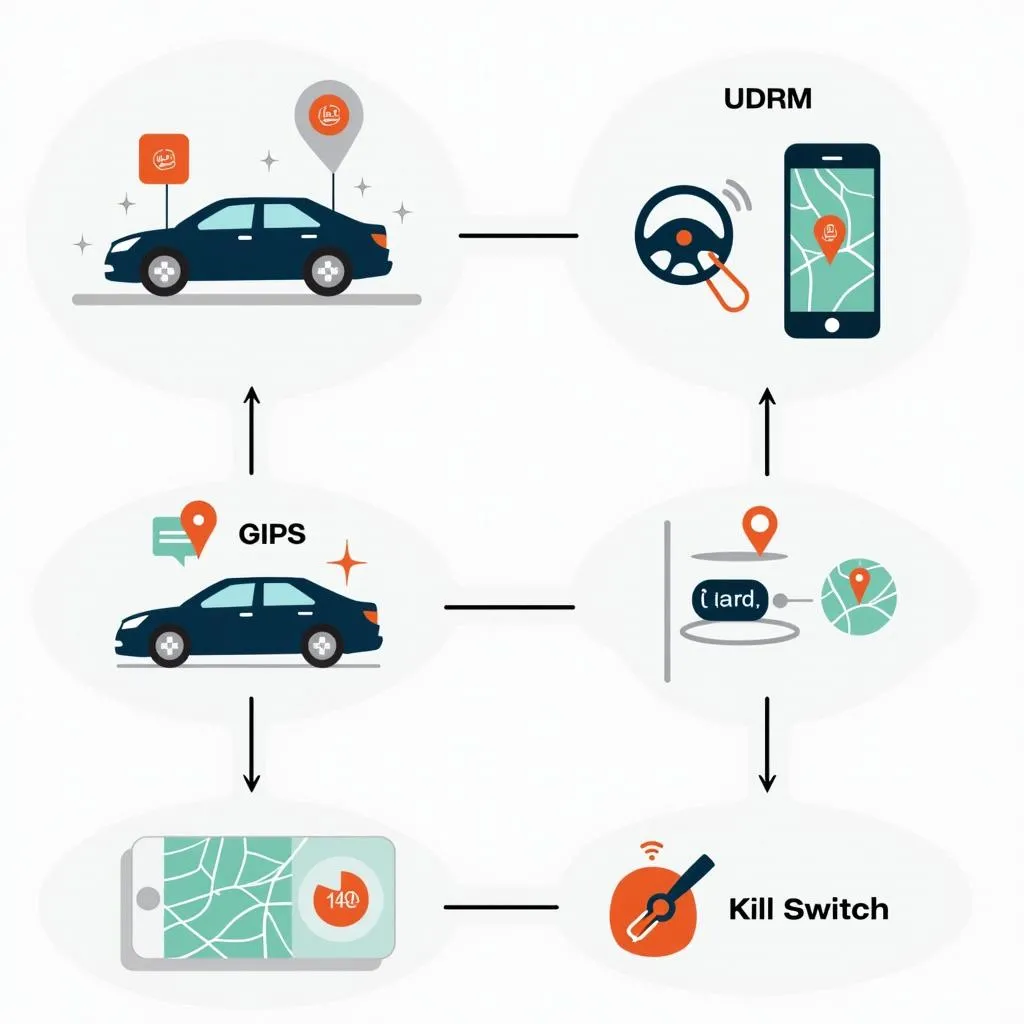Ever wondered how those little tags attached to your clothes or electronics actually work? They seem simple enough, yet they play a crucial role in preventing shoplifting and protecting retail businesses. We’re about to demystify the fascinating world of retail anti-theft tags, revealing the technology that helps keep stores secure.
Understanding the Basics: Different Types of Anti-theft Tags
There are primarily three types of anti-theft tags you’ll encounter:
1. Radio Frequency Identification (RFID) Tags: These are incredibly common and use electromagnetic fields to communicate between a tag and a reader. The tag contains a microchip and an antenna, and when it passes through a security gate, the reader sends out radio waves. These waves activate the tag, which then transmits its unique identification code back to the reader, confirming the item has been properly scanned and paid for.
2. Acusto-Magnetic (AM) Tags: AM tags utilize a combination of magnetic fields and acoustic waves. They contain a strip of magnetostrictive metal that vibrates at a specific frequency when exposed to the electromagnetic field generated by the security gate. This vibration creates an acoustic signal that the gate detects.
3. Electro-Magnetic (EM) Tags: These tags are simpler in design and consist of a strip of magnetic material that can be deactivated at checkout. When an active tag passes through the security gate, it disrupts the electromagnetic field, triggering an alarm.
How Do Stores Deactivate or Remove These Tags?
- RFID tags are typically deactivated at checkout using a special RFID deactivation system that sends a signal to the tag, permanently disabling it.
- AM tags are deactivated using a strong electromagnetic pulse at the checkout counter.
- EM tags are the simplest to deal with, often removed at checkout using a magnetic detacher.
The Role of Anti-theft Gates
Anti-theft gates are strategically placed at store exits and work in conjunction with the tags. They emit electromagnetic fields or acoustic signals that interact with the tags. If an active tag passes through the gate, the interaction triggers an alarm, alerting store personnel.
Common Questions About Anti-theft Tags
Q: Can anti-theft tags damage my purchases?
A: No, anti-theft tags are designed to be safe and will not damage your purchases. The technologies used, whether RFID, AM, or EM, do not harm electronics or other sensitive items.
Q: Can I remove an anti-theft tag at home?
A: While there are DIY methods circulating online, we strongly advise against attempting to remove anti-theft tags yourself. Tampering with a tag could damage your item and may even be illegal. It’s always best to return to the store for proper removal.
Cardiagtech: Your Partner in Automotive Technology
Speaking of sophisticated technology, did you know that the automotive industry relies heavily on advanced diagnostics and software? At CARDIAGTECH, we specialize in providing cutting-edge automotive diagnostic tools and software solutions. Whether it’s understanding complex vehicle systems or troubleshooting issues, we’re here to empower car enthusiasts and professionals alike. Learn more about our range of products and services on our website https://cardiagtech.com/.
Protecting Your Business and Your Customers
Anti-theft tags, while seemingly simple, are actually intricate pieces of technology that play a vital role in loss prevention for retailers. By understanding how these tags and their accompanying systems work, retailers can make informed decisions about the best ways to protect their merchandise and create a safer shopping environment for everyone.
For more information on security solutions and how to deactivate anti-theft strips, check out our other helpful resources https://cardiagtech.com/how-to-deactivate-anti-theft-strips/.
Need to understand the inner workings of anti-theft gates? We have a comprehensive guide on that too! https://cardiagtech.com/how-anti-theft-gates-work/

